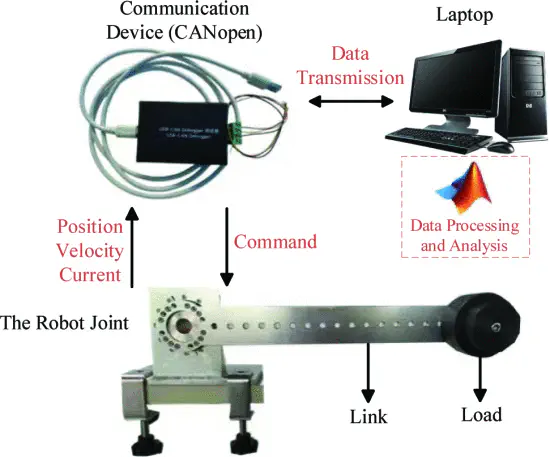Dynamic Friction Model with Velocity and Asymmetric Load Dependency for Robot Joints
 The structure of Pipeline robot
The structure of Pipeline robot
Abstract
In robot control, accurate modeling of joint friction behavior contributes to enhancing friction compensation, which is important for robust torque control of robots. In this paper, a nonlinear friction model of robot joints is proposed that takes into account the effects of velocity and asymmetric load torque. For the friction induced by velocity, a cubic polynomial is employed to describe the viscous friction across the entire velocity range, while introducing two parameters to characterize the Coulomb friction and Stribeck effect. For the load torque, a four-quadrant is utilized to describe the asymmetry of friction. Furthermore, the proposed static friction model is integrated the standard Generalized Maxwell slip (GMS) model, thereby getting an improved dynamic friction model. Finally, the comparative experiments are implemented on a robot joint, the results indicate that the model proposed in this paper achieves higher accuracy.